
All we have to use, when we sit on a horse and guide it, is our own body from the top of our head to the soles of our feet, and the power that drives it. Before we can expect to control the horse we need a high degree of control of ourselves. Gaining this is our first responsibility.
Fortunately, good organisation is transferable from rider to horse and from horse to rider. Every rider has felt how easy it is to sit well on a horse who is using himself well. The rider feels well carried. In the same way it is much easier for the horse to carry a rider using himself well. The rider makes himself a good load to carry.
We use this term ‘to use oneself well’ to describe efficient and effective organisation of posture and coordination. The term is used for both horse and rider.
For the horse, the training is identical irrespective of whether the horse is asked to clear a fence easily, to move with poise and grace on the dressage arena or to be a nice pleasure horse. When a horse uses himself well, he carries a rider well in all disciplines.
In the same way, a well coordinated rider will move with poise and grace with a horse, and in every day activities; walking, running, dancing and even mucking out a box.
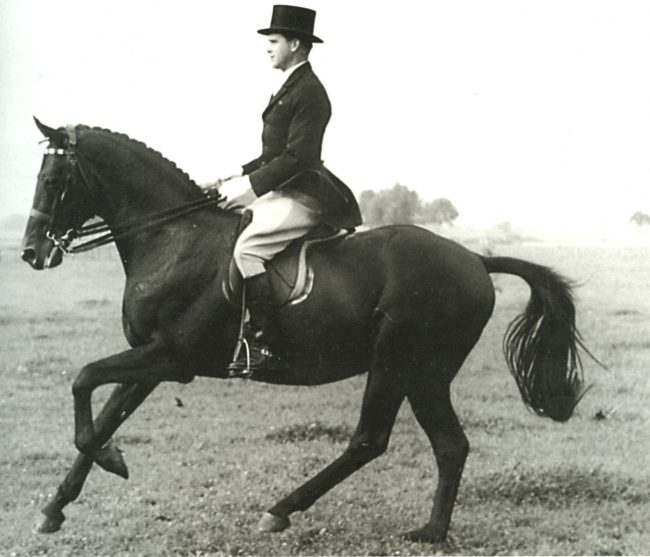
“Since the criteria of a correct seat are the same as the criteria of good posture in general, being constantly attentive to one’s bearing when standing or walking is excellent training. A correct vertical posture of the head and the trunk on horseback is not a special posture applicable only to riding.”
Brigadier General Kurt Albrecht in The Principles of Dressage
The Alexander Technique is a very useful tool for anyone who chooses to live the life of a rider because it teaches what it means to be ‘constantly attentive to one’s bearing’ and, through the right quality of attentiveness, ‘how to use oneself well’ in any activity. For riders the Alexander Technique is very special because it is like dressage training for humans. A well-trained horse finds self carriage and by then he is very efficient at carrying the rider. A well-trained Alexander student also finds self carriage and becomes a well-organised load.
An Alexander Technique Teacher brings the student’s awareness to areas that block coordination. This brings an opportunity to learn to release these blockages. Quite automatically the body lengthens into better form. The student learns to encourage and exercise these reactions until lengthening throughout the whole mechanism of his body becomes conscious, habitual and vigorous.
In the same way an effective rider will make it difficult for the horse to continue when he stiffens. Postural mechanics in both horse and human are very similar. The relationship of head, neck and back, in which the head leads and the back widens and lengthens bringing strength to the limbs and efficiency to movement is consistent for both man and horse. Therefore we observe ‘a good horse gives the rider an Alexander Technique lesson and a good rider gives the horse an Alexander Technique lesson’.
How to be a ‘good load to carry’ for the Horse
The first consideration is the balance of the rider. When we sit on a horse we take an attitude between sitting and standing. We support some weight through our seat and some through the stirrups so we are neither sitting nor standing, but doing a bit of both at once. All our weight travels through the horse and is supported ultimately by the ground through the pull of gravity. Balance refers to our relationship to the ground through the horse.
The best way to understand it is that every attitude we adopt on the horse we can adopt when we are standing with our feet on the ground. With the help of a narrow stool we can practise keeping our centre of gravity over our feet all the way from an upright seat to a light seat. Notice that the lower leg position is constant because the centre of gravity is kept over the feet at all times. Weight is directed vertically down the stirrup leather and so the stirrup leather stays vertical and so does the line from the knee to the toe. The vertical line from the knee to the toe and back to the ankle encloses a triangle which is called a ‘triangle of stability’ because it is the ‘foundation that stabilises the seat’ in all gaits, in all paces, jumping or on the flat.
Keeping our centre of gravity over our feet and our feet under our centre of gravity is highly energy efficient. Therefore we can be fluid and elastic in the movement required to go with the horse.
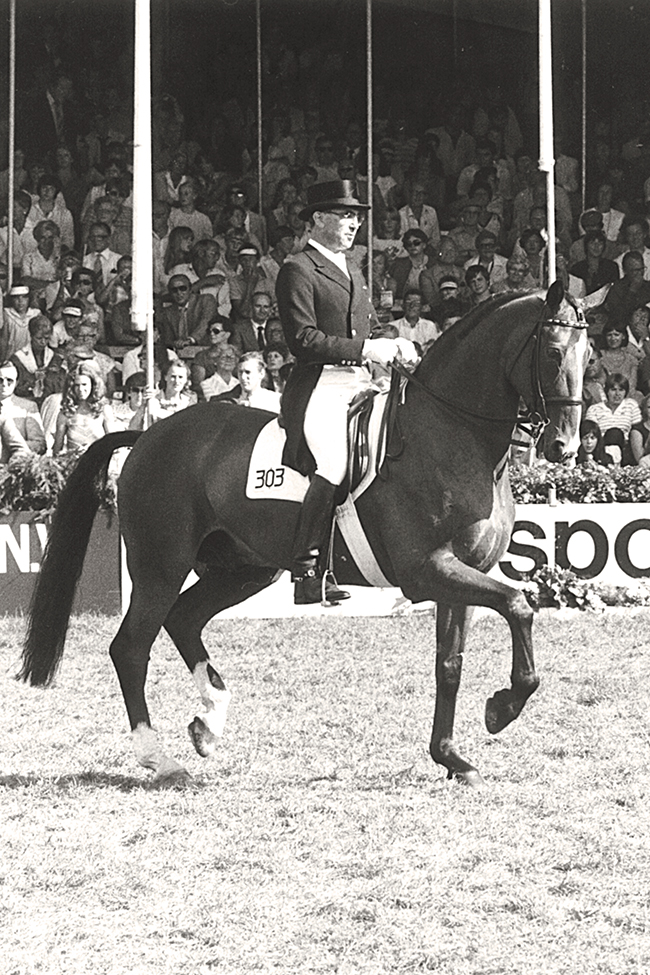
A correct seat of itself acts as a positive influence on the horse’s movement and posture, because the relaxed elasticity of the rider’s spine, together with a deep seat and soft embracing leg contact, are stimulating the horse’s back movement and impulsion. The rider seems literally to ‘sit the horse onto the bit’, creating and maintaining his desire for free forward movement. Thus the rider is able to control the horse and to keep elastic spring in all paces, even in collection…
How to go with the horse!
Sitting trot is a good example to use in order to understand what it means to go with the horse because it is bouncy and challenging. Watch a horse trotting and you will see it lifts its whole body weight up in order to change the diagonal pair of legs. It also propels its whole body weight forward. To be a good load to carry we must stay in balance ie. Keep our head over our centre of gravity over our feet.
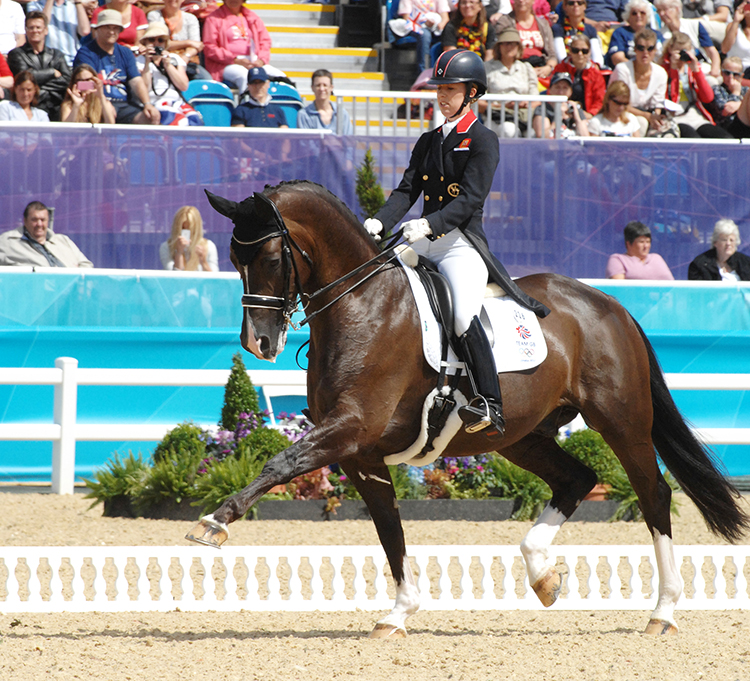
“The rider should sit upright in the saddle so that a straight line can be drawn through his ear, shoulder, hip and ankle joint.”
– The Principles of Riding
We must also give wholehearted permission to be lifted right to the top of our head so it is easy for the horse to bring his back up. This can give the impression the rider is lifting the horse’s back with the top of his head. No forces are compressed and contained in the body. They flow through because the head freely goes up, and the feet freely go down. The horse’s back not only comes up, it travels forward.
The rider needs to spring his torso forward just enough to land his seat over his feet where the legs act as shock absorbers (ankle, knee, and hip) softening the jar on the rider’s back and the horse’s back. In this way the weight of the rider is distributed over a wide surface area on the horse’s back, some into the stirrups (towards the front) and some into the seat of the saddle.
Many riders hate to bounce. They ride as if they don’t want to hit their head on the roof. Often the weight slips back in the saddle. Legs are often drawn up or pushed forward. Both attitudes cause a lot of extra weight to be carried by the horse at the back of the saddle. This is the opposite of self carriage in the rider.
In self carriage the rider does in his own body what is required to keep up with the horse. Of course there is some effort involved in this. The efficient rider distributes this effort evenly throughout his whole body and does no more and no less than the minimum required. The body is toned in such a way that it acts as a spring. Too much tone and it becomes stiff and jars, too little and it sags and flops.
The same is true for the horse. True suppleness requires positive tone. The ability to adjust the tone in the body and to readily redistribute it is fundamental to riding. What is described as the requirement to go with the horse in sitting trot could be called a Postural Attitude. Every movement requires the rider to adopt the appropriate ‘postural attitude’. A postural attitude is the way the body is used to go with, and eventually to lead the horse, say in collected trot up the long side, walk pirouette or what ever. Specific postural attitudes also direct the gallop in a light seat, the approach and the jump.
In order to coordinate the horse’s legs in each school movement, a characteristic wave like pattern of oscillations flows through the horse’s spine. This is the swing of the back adapted and shaped to each individual movement ie. shoulder in, half pass, volte etc. The rider sits with his spine vertically poised over the horse’s spine with a sitting bone either side of it. Elasticity in the rider’s back allows his pelvis and legs to pedal these oscillations in the barrel of the horse in order to influence where and how the horse puts his feet down. In turn oscillations travel up the rider’s back where, in ideal circumstances, they flow through unblocked.
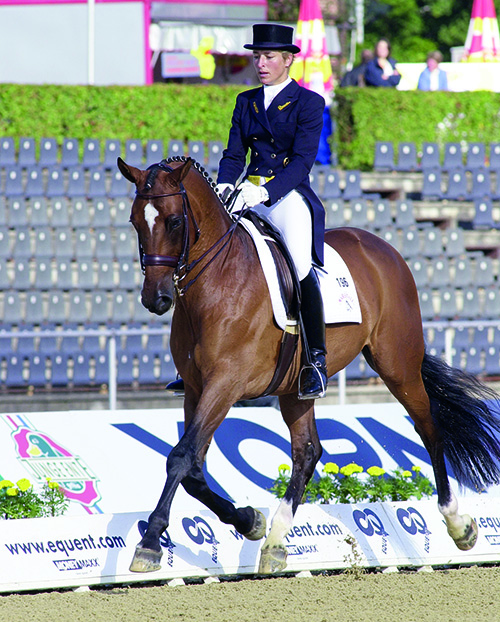
The word durchlässigkeit describes the same feature in the training of the horse when these oscillations flow through unblocked. In efficient movement, the head leads and the body follows. The reins are used to connect the horse’s mouth to the rider’s back. The rider uses his back to encourage the oscillations to flow forward and reins assist in keeping the neck of the horse supple. Then they are free to flow all the way through.
These coordinating oscillations lengthen the horse’s neck so the poll pulses out over the top of the bit. The horse’s head looks to glide in space while the coordination of the rest of its body provides it with a smooth ride. This same organisational feature is what gives the head of a well-coordinated rider the look that it glides up in space.
So, the rider needs to go with the up and down movement, the forward movement and with these coordinating oscillations in order to be harmonious with the horse. To be effective he needs to get to know what is required in order to go with the horse in every movement. Then he knows the postural attitude necessary in order to be a good load to carry in every movement and he can learn to use this knowledge to guide the horse.
‘Total harmony of movement between the two bodies is the essence of the art. But the first thing the rider must learn is complete mastery of technique and it is only after years of application that he will discover that he has developed not only the ability to follow effortlessly every movement, but also to feel every impulse of the horse flow through his whole being.’
From The Way to Perfect Horsemanship by Udo Burger.
How to Direct the Horse
Good riders lead they don’t follow. Directing the horse becomes more a whole body experience. The rider dynamically adopts the attitude in his own body that suggests what is required of the horse, including the vigour or impulsion. He takes the horse with him by doing with himself what he would like the horse to do and convinces the horse to conform. Eventually the horse learns to follow the rider by keeping his centre of gravity back under the rider’s weight. He becomes efficient at carrying the rider, sensitive to where the rider has placed his centre of gravity and eager to follow every suggestion.
This is the aim of all training in all disciplines. lt is why old riders are good on young horses and young riders are good on old horses. An experienced rider can give clear directions to a green horse because he is thoroughly familiar with the patterns of each movement. The up and down, the forward and back, the sideways and the wave like oscillations which must be moulded by the seat and legs of the rider and directed in a lengthening manner through the back of the horse.
An established horse can guide a young rider by giving him a good feel. When the rider is able to maintain balance in a poised and supple manner, and can clearly guide the horse to stay supple and follow his directions our goal, ‘total harmony between horse and rider’, is achieved! This, they say, is the ‘essence of the art.’
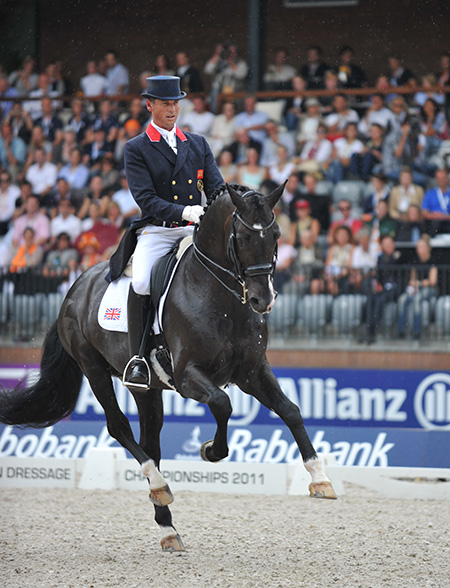
Notes: This paper was prepared as the Handout given to around 2000 participants at three lecture/demonstrations given by Richard Weis at the DOKR in Warendorf, in Mannheim, and in Berlin. They were organised as part of a one month contract that included instructor training, teaching the apprentices at the DOKR and students selected by the German National Trainers. (Copyright Weis and Miesner 2001)
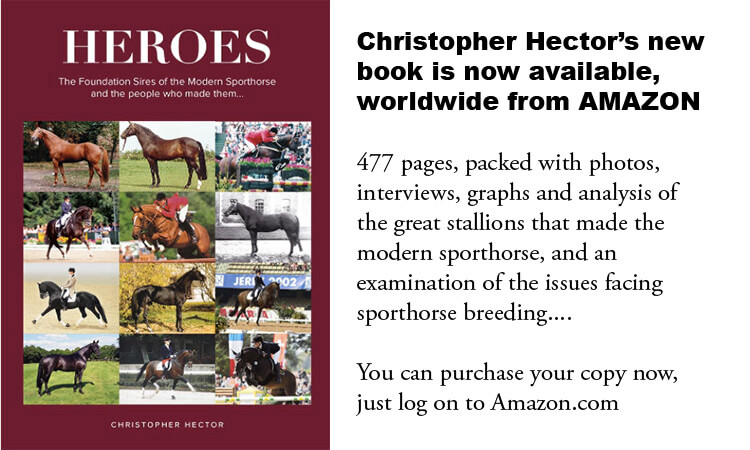



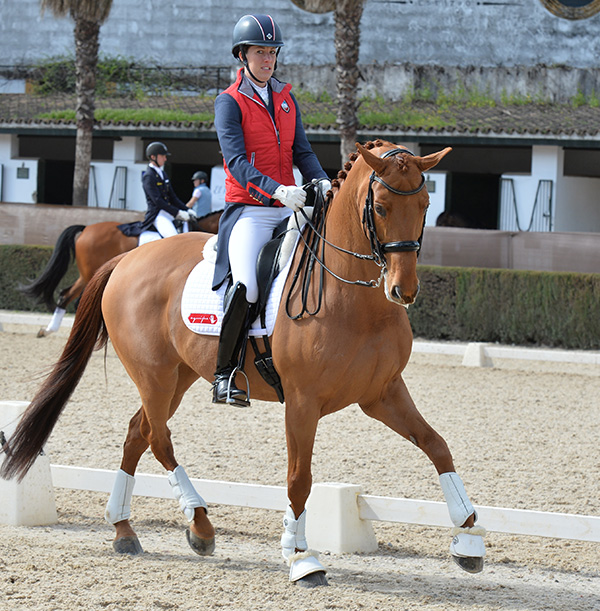
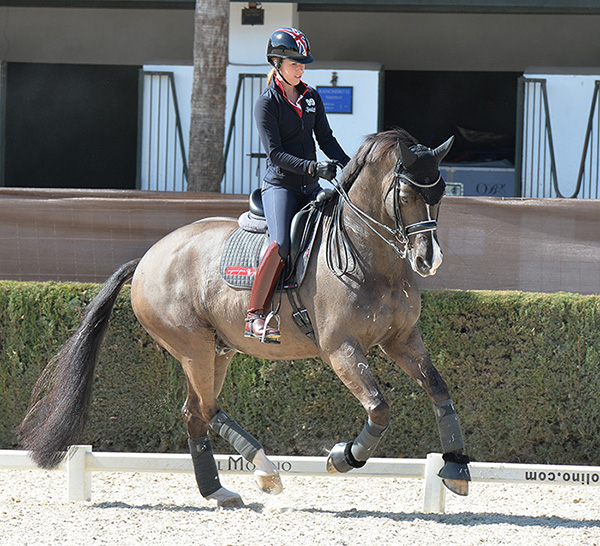
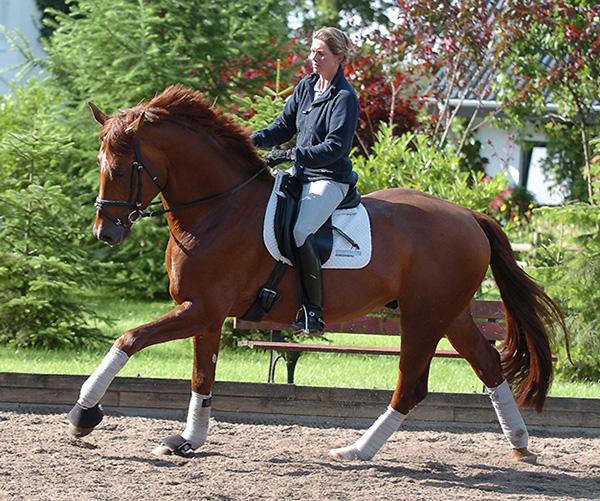
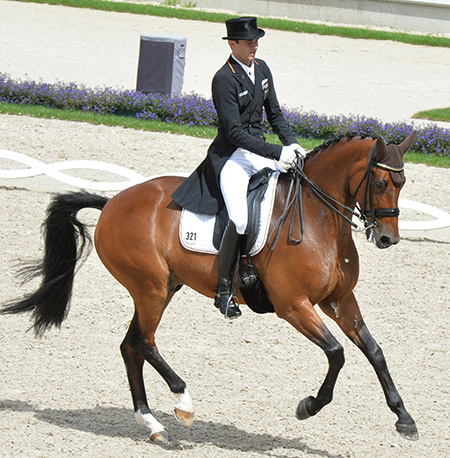
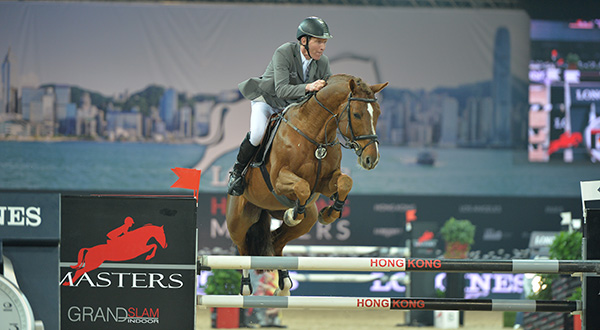
Excellent. Much was covered here, but of course there is much more. I hope every rider has the opportunity and the motivation to read and understand. The rest of the story is in neuro motor retraining not only incorrect posture but incorrect over learned motor programming and interpretation. And making sure tack is not blocking energy of horse or rider.
Thank you for this excellent article
Very useful indeed , easy to read